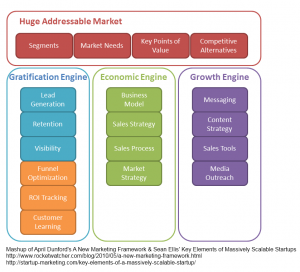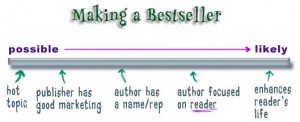Interested in attending next Monday’s session with Wired.com’s Evan Hansen? StartupNorth has secured 20 seats, which would otherwise cost $85 each. Register for a free pass through StartupNorth while tickets are available: http://guestlistapp.com/events/24501
Gone are the days when we scrambled to the set to catch our favourite shows in their scheduled timeslot. Today’s viewers want personalized, on-demand access and a host of high-tech innovators are giving them exactly that. Join Wired.com’s Editor in Chief, Evan Hansen for a discussion on the new realities of entertainment and all things digital.
Date – Monday, June 21, 2010
Location – Events On The Park, 1095 Leslie Street, Toronto, ON
Breakfast – 7:30am
Session – 8:00am to 9:00am




